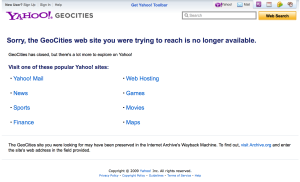At this year’s Canadian Historical Association meeting in St. Catharines, I participated in a round table discussion about war resistance. As the panel showed, war resistance history is a growing area of research, offering a different perspective on traditional histories of war, politics, international relations, and social movements.
The panelists included Bruce Douville (Algoma University), Rose Fine-Meyer (University of Toronto), Marie Hammond-Callaghan (Mount Allison University), Geoff Keelan (University of Waterloo), and me (Independent Scholar), and was chaired and commentated by Lara Campbell (Simon Fraser University).
As Lara Campbell queried before the conference, “Given all of the federal government focus on war commemoration, how might our work on war resistance contribute to a more complex/nuanced understanding of war? Do you think it is possible, in some way, to ‘insert’ the memory of war resistance into these sorts of public discussions?” Jamie Swift and Ian McKay’s book Warrior Nation: Rebranding Canada in an Age of Anxiety (Between the Lines, 2012) has kick-started a conversation about this topic, also highlighted in my book on the Canadian anti-draft movement. The book Campbell is co-editing with Catherine Gidney and Mike Dawson, Raise Every Voice: War Resistance in Canadian History, forthcoming from Between the Lines in 2015, will be another important contribution to this discussion.
In “La Macaza: Two Canadian Peace Protests in the 1960s,” Bruce Douville described two 1964 protests at La Macaza, Quebec against the presence at the military base of American nuclear weapons. Continue reading



